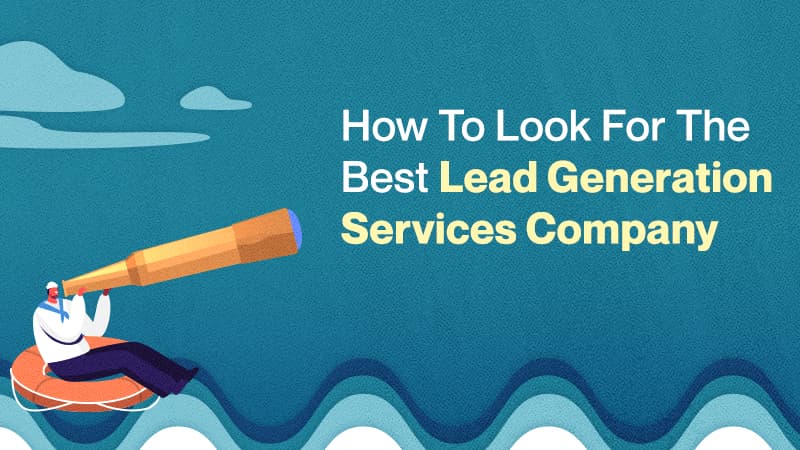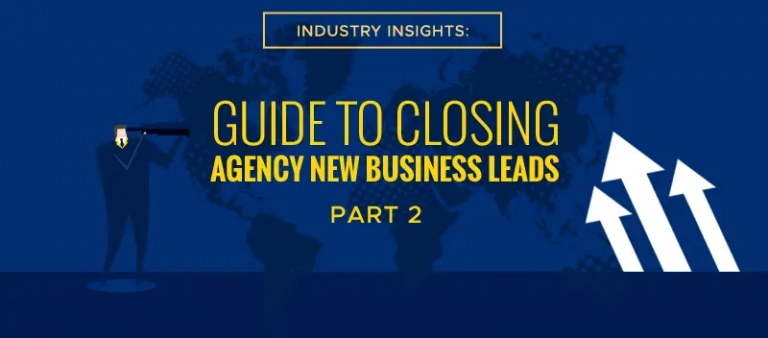Leads are great, and having a lead generation system is even better. However, is your campaign scaling or stagnating?
Today we take a look at your lead generation maturity model and see if you’re growing your systems along with the number of leads that you’re getting.
Are you at the infancy stage or have you cultivated a system that is deemed world-class? Let’s find out today!
The Undefined or Infancy Stage
Your lead generation might be in the infancy stage if you notice that the focus of your efforts is still in the branding of your resources and marketing communications. Another characteristic of this stage is the struggle to get proper funding coming in, to support your lead generation activities.
The fact of the matter is that every organization goes through this stage before it can progress. It is only through the infancy stage that you can figure out what sort of lead generation your organization will need. Infancy can also be considered expensive due to the investment that has to be made on the brand itself.
Progressive
A progressive lead generation campaign is one where there are actual structures and systems that are being followed. At this stage of lead maturity, metrics are now being defined in more concrete terms such as the number of clicks made or leads generated.
There might be a CRM system in place, but there is still the adoption hurdle that has to be overcome by the reps that the organization has. This is quite common since there is a learning curve associated with new processes.
Leads are now being generated on a consistent basis, but they do lack proper qualification, so most of them are just being passed to sales as-is. This results in the issue of lead quality and quantity from the sales department.
However, like all stages in lead generation, this is a normal phase as the processes are still being tested and checked if they are the right fit for the organization. This is seen as a jump-off phase before the lead generation system can be relied on to provide consistent results.
These consistent results can be measured in the volume of quality leads being generated.
Related: How to Build an Outbound Lead Generation Strategy from Scratch
Mature
The most significant difference between the mature and the progressive stages is the fact that the CRM is now a part of the lead generation process and during this time there should also be marketing automation features that are in place.
The mature stage is the part of the lead generation maturity model that a lot of companies aim for because instead of lead generation is seen as a cost driver; it is now seen as a revenue driver. Something that is integral for the organization to make money out of.
By this time, all the leads that are coming should have already been prequalified and assessed by the system that has been put into place. This makes the sales team or department more efficient in dealing with these leads because they do not have to deal with bad leads any longer – well in most cases.
Sales and marketing definitions of leads should be at a stage where the descriptions of both departments are streamlined enough to foster better communication.
The metrics that we will be looking at during this stage are things like the cost per acquisition. Instead of focusing on increasing the volume of leads coming in, there is now a focus on their quality.
Related: How to Generate Leads Faster with this Proven Outbound Workflow
World-Class
If the mature stage is achieved and maintained, it can be further scaled to increase productivity and profitability in the company. Metrics are now focused on the return on investment of the current campaigns, and the lead generation effort is now considered a profit center.
The process that the lead generation system does is now integral to the company’s ability to make a profit.
Each system that was established before is now continually being tweaked to make it more efficient, and this system can now be scaled to engulf the worldwide domain. Not a lot of organizations reach this stage, but it is the aim of many to be able to create systems that are efficient enough to be ported for all of a company’s product lines.
Related: ABM + Outbound: How Targeted Outreach Moves the Needle on ABM
The truth is, any lead generation system can be built and scaled, but what you need to know is that just as your company is maturing, so should your network grow with it. By being able to assess where you are in the maturity model, you will be able to make a conscious effort to examine your current systems. Don’t be afraid to make changes where necessary.
The aim will always be growth.
This doesn’t just apply to the company, but also your lead generation and pipeline as well.




